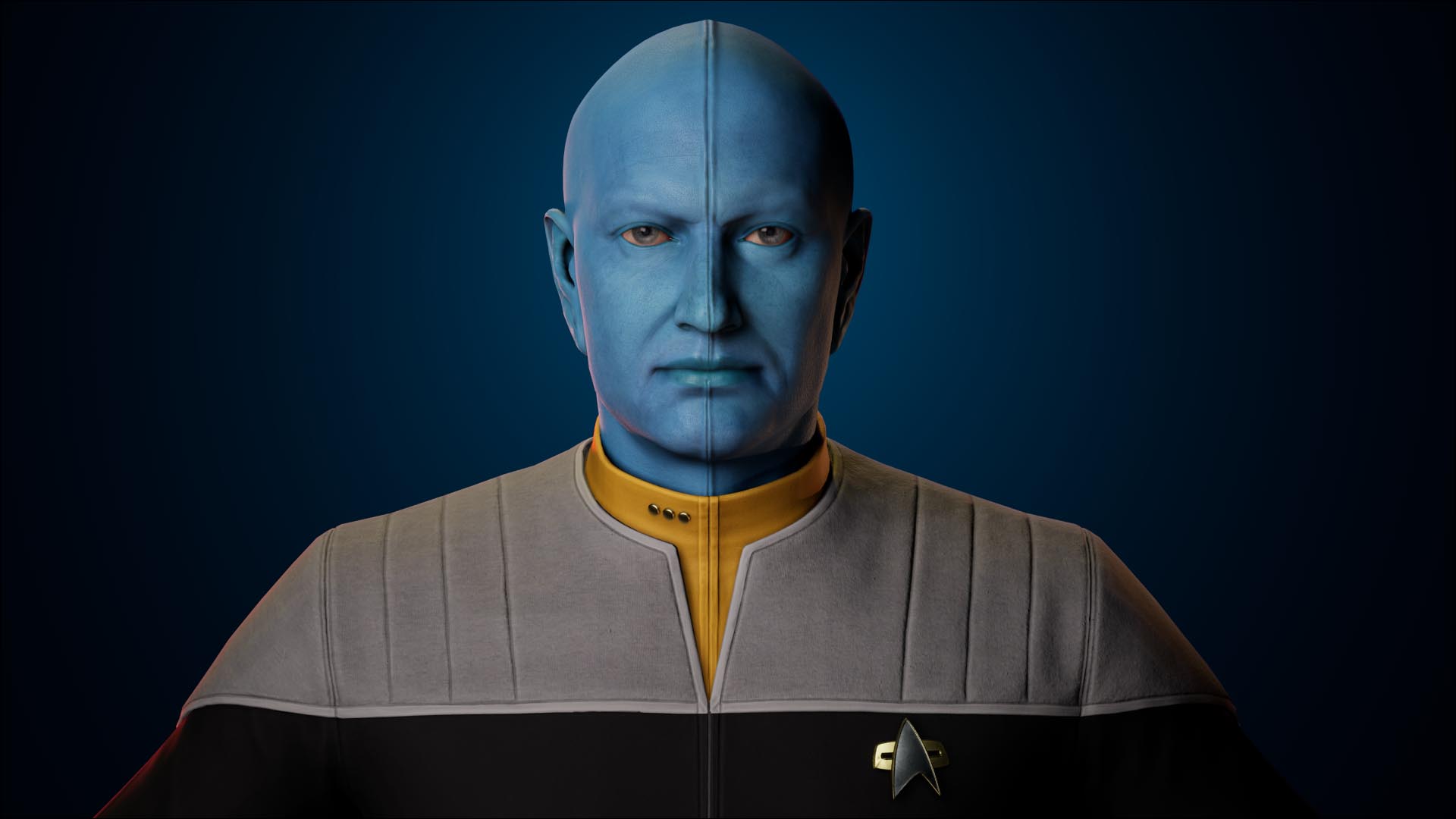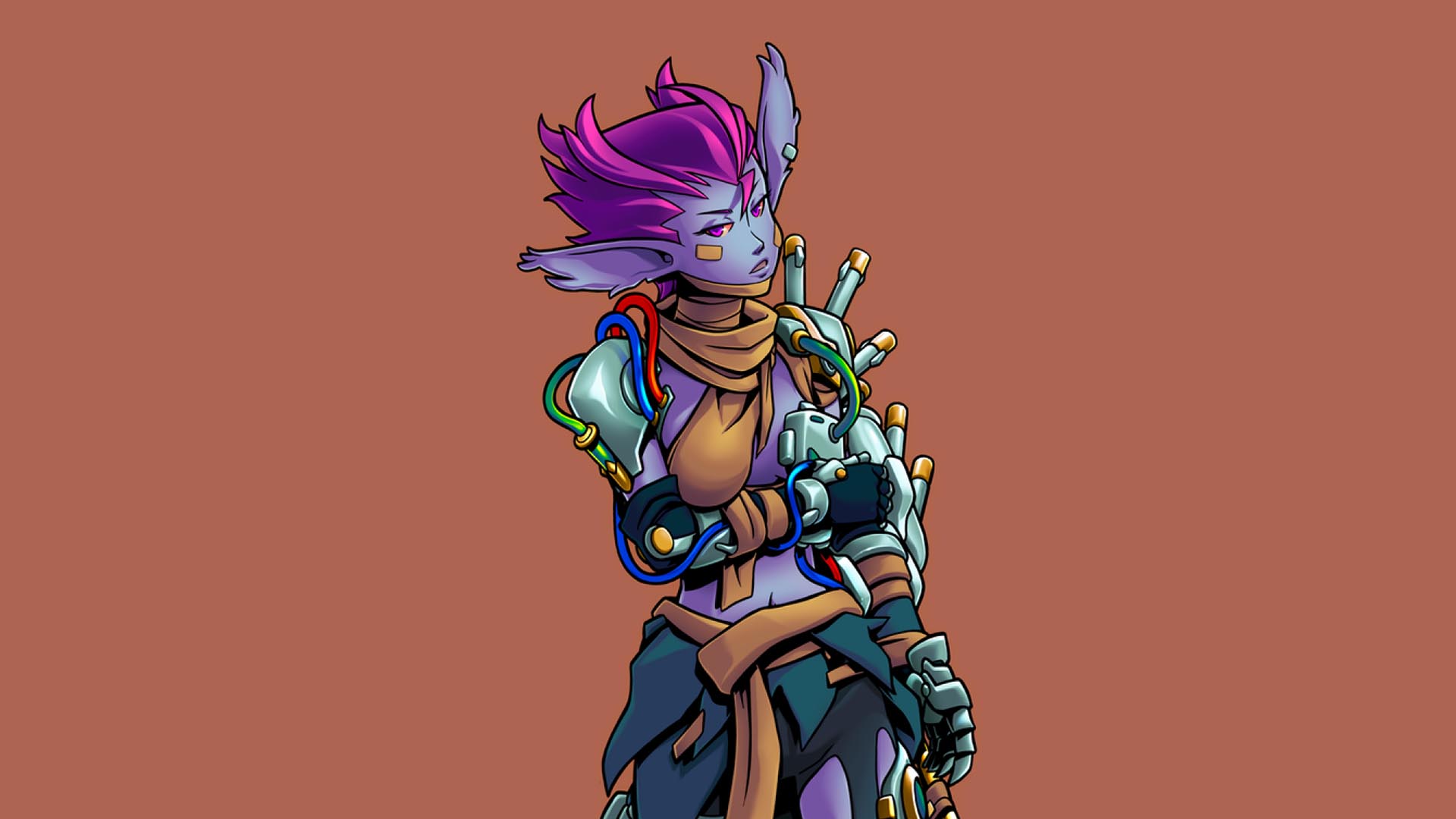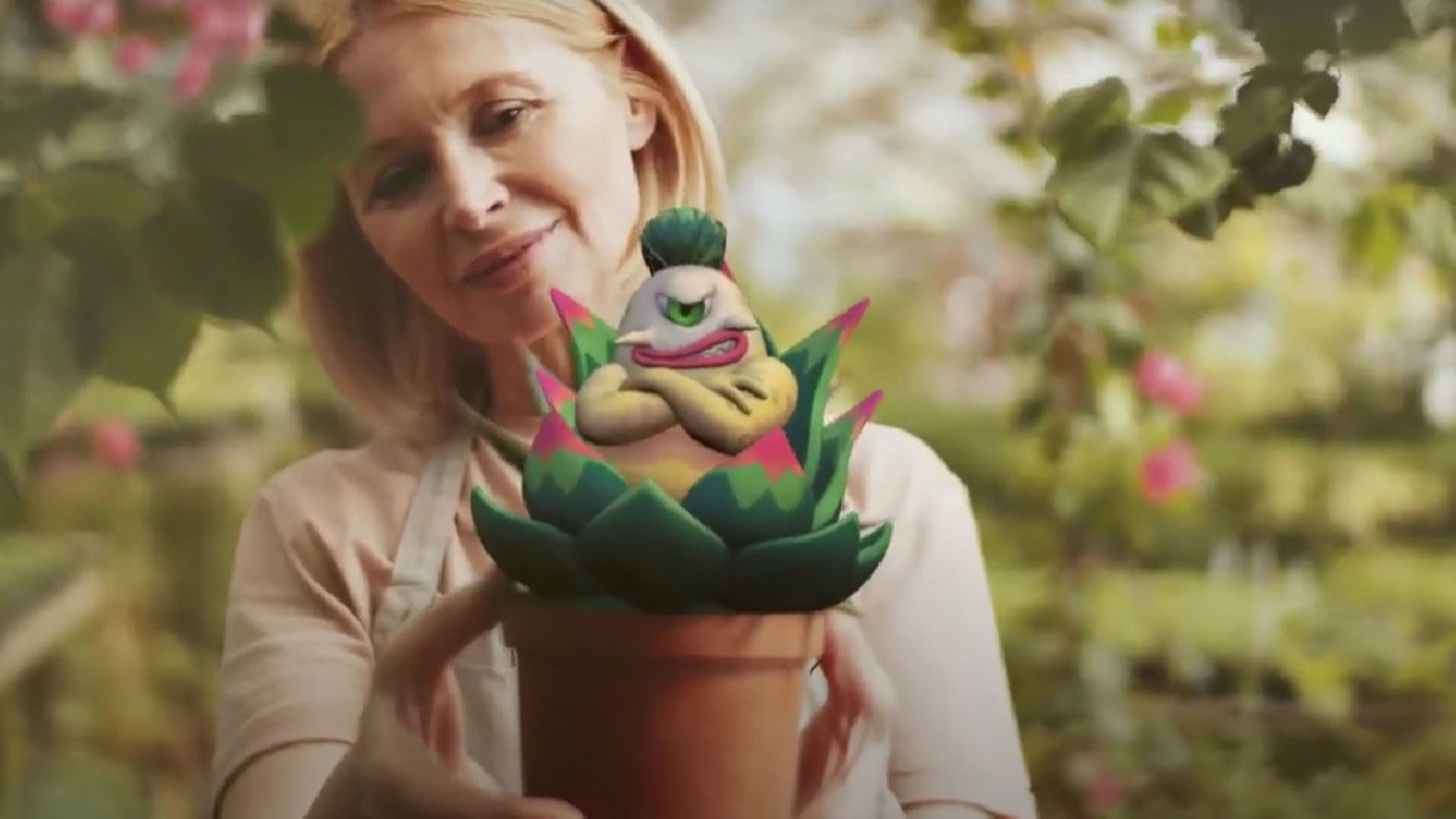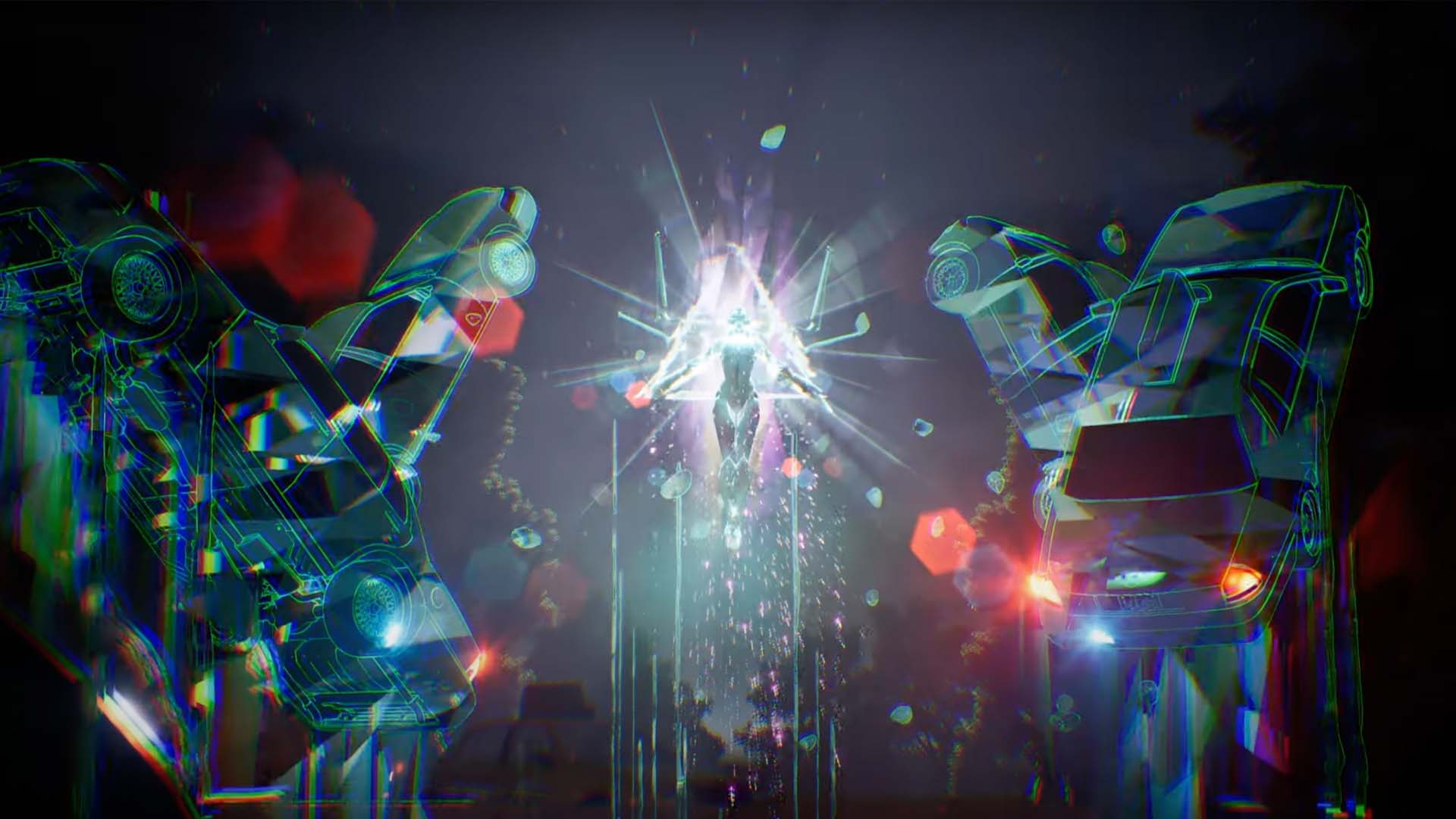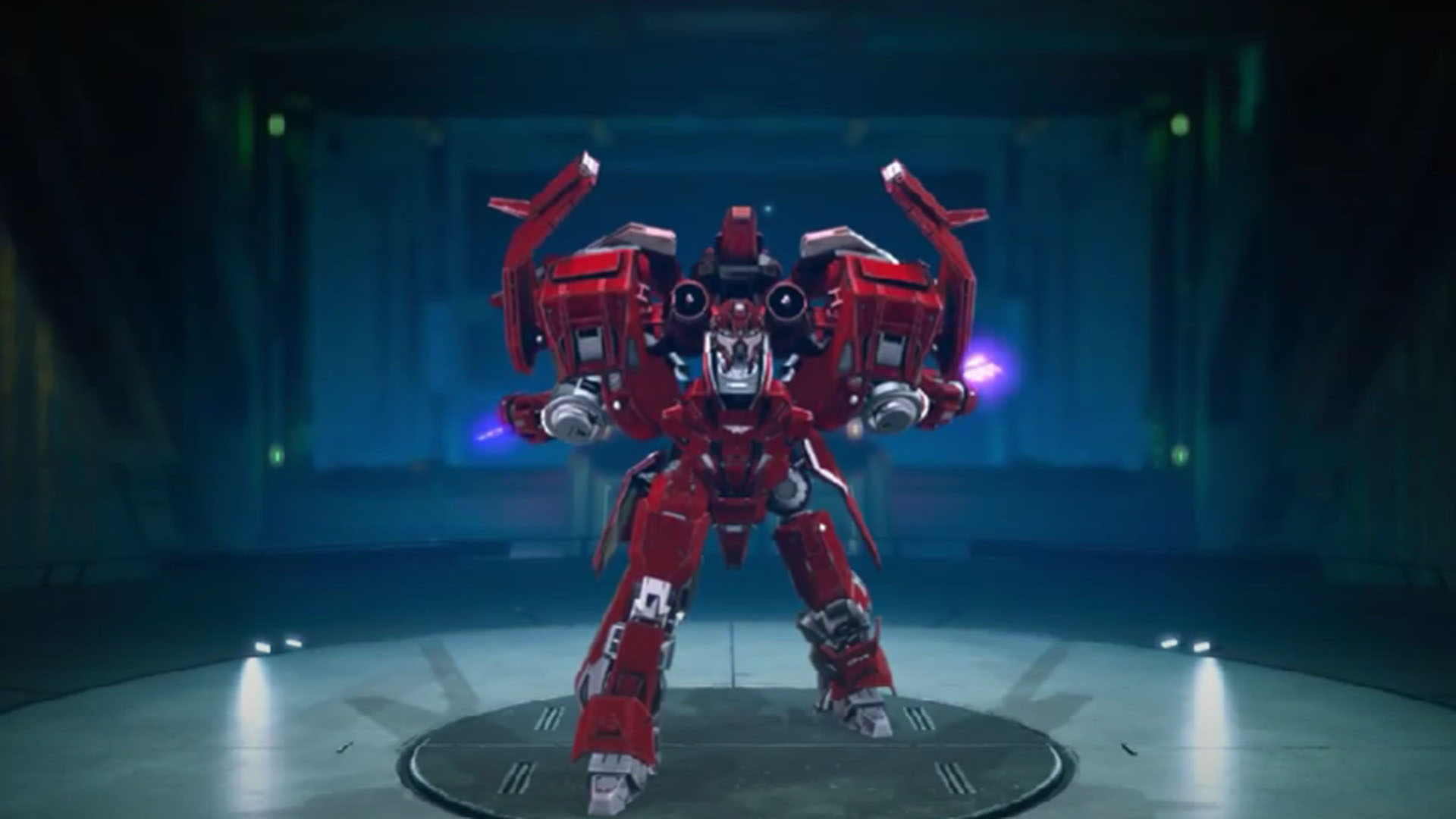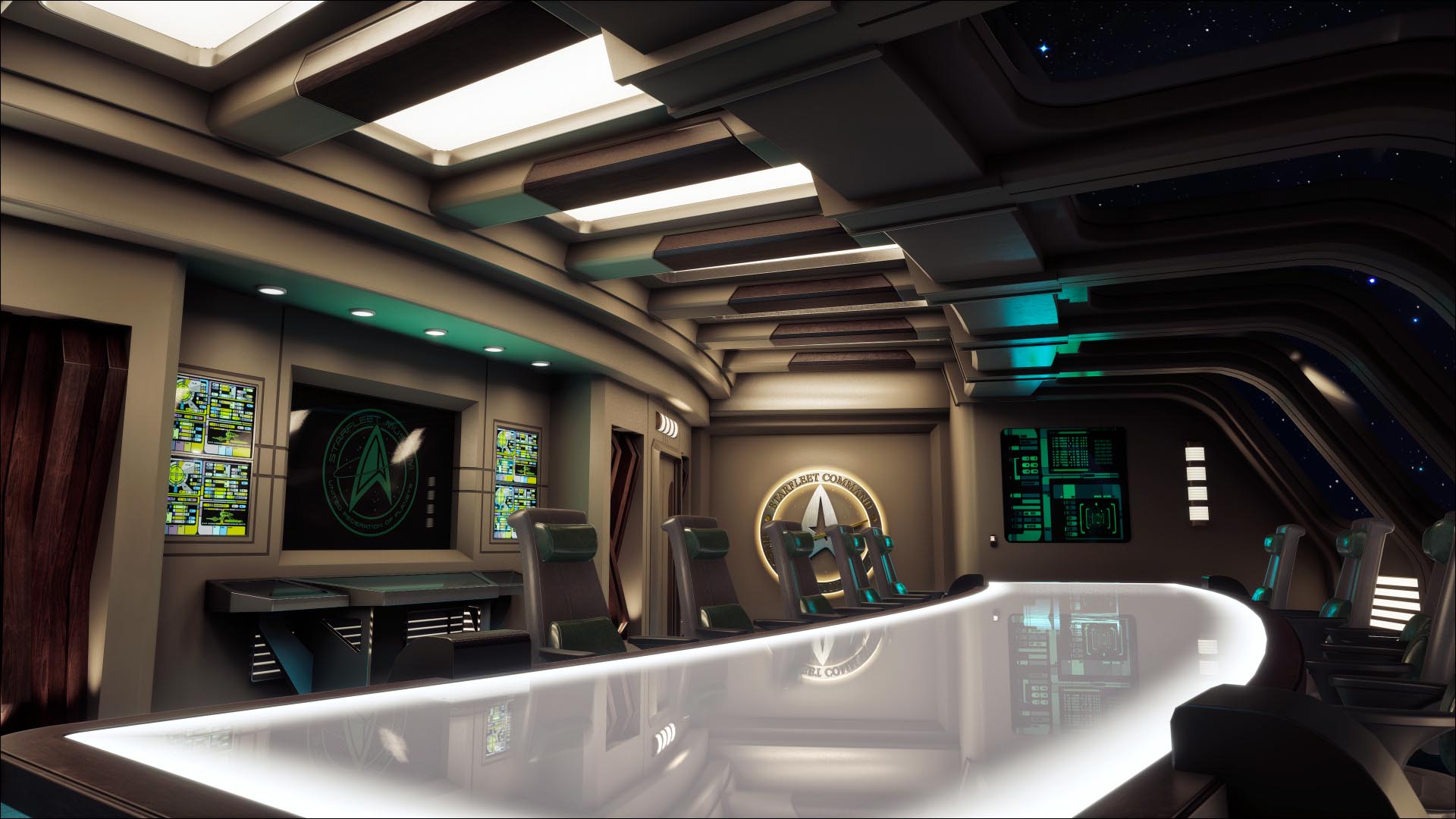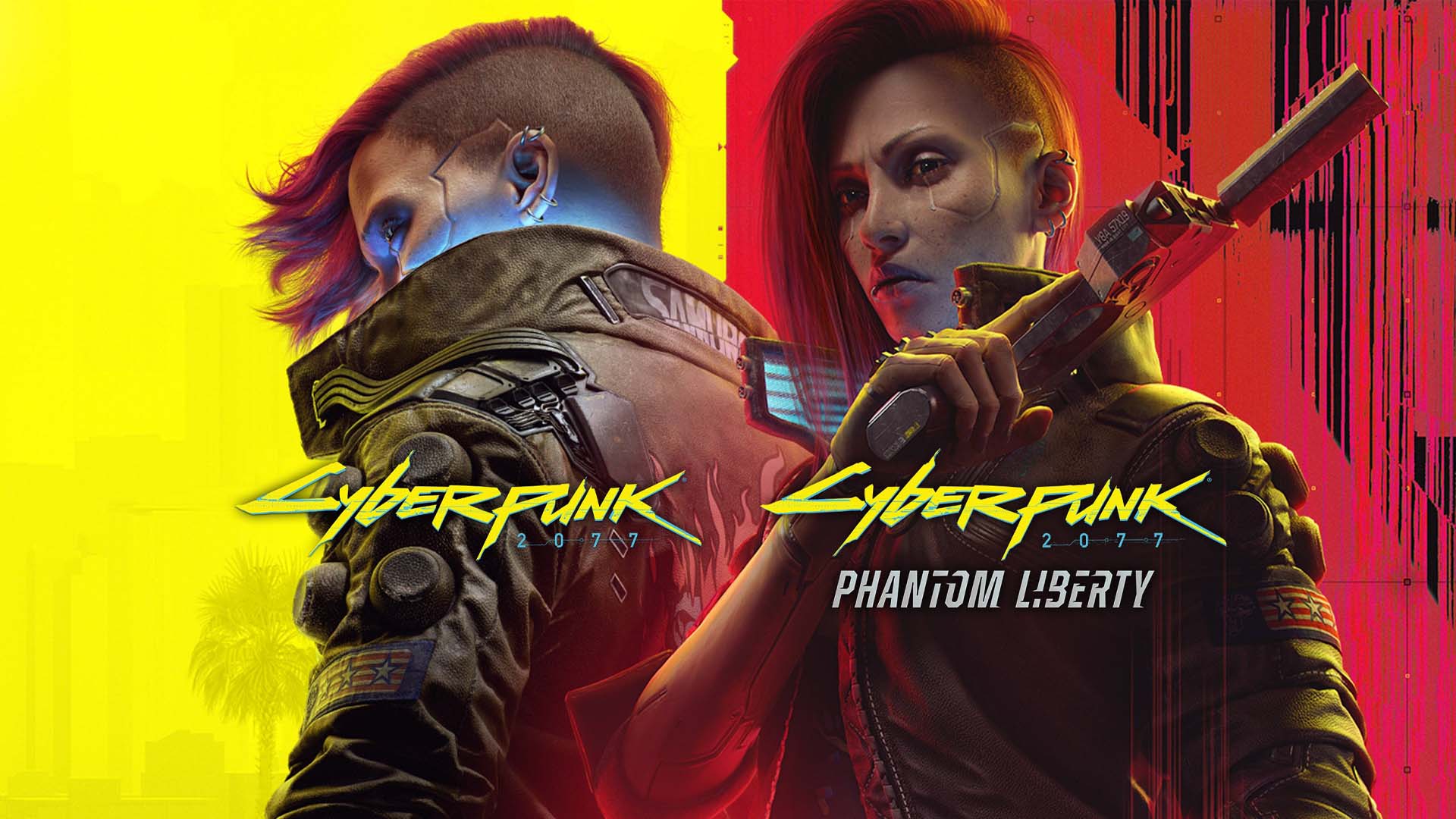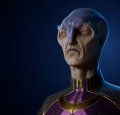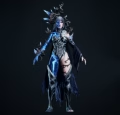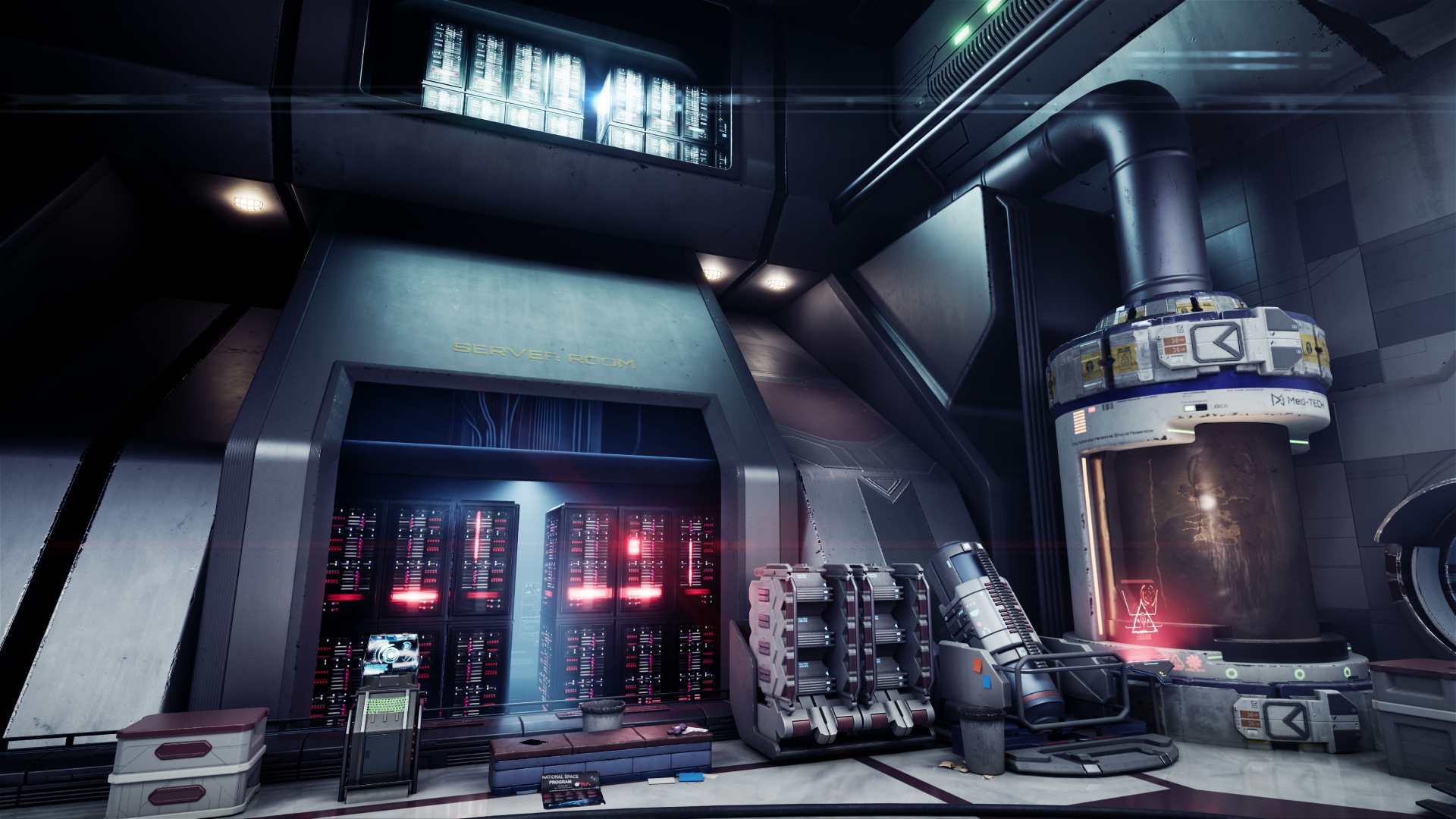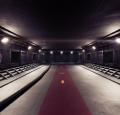Before any 3D art, any animation, any astounding visual effects, we begin with concept art. For the many stages of art production, it can often be one of the longest. Here, the majority of details and visual character traits or details are established. For games, concept art is where teams find grounding and inspiration. It is where the visual identity is shown and established. Without a concept artist and quality concept art, the team would be making inferior moment to moment decisions. Instead, teams should be moving cohesively to a predetermined goal. With this pipeline in place, you get results like what you’d find in Magic Media’s PC and Console Art or Mobile Art Portfolios.
So, to get into this integral stage of art production and design, we spoke to Luis Gomez. As Lead 2D and Concept Artist, he’s the perfect person to speak to. As both artist and manager, he can give us the insights into both the creative work and the pipeline that it slots into!
What is a Lead Concept Artist?
Luis, as a concept artist, concerns himself with envisioning the backbone of a game’s visuals. As a Lead Artist, his job then breaks off into more management – assisting and overseeing other artists’ work.
He has to know his team inside and out, knowing their strengths and personal preferences for art. Of course, communication is paramount in game development and so Luis is always in contact with his art team, the production team, and the art director.
It’s important for all of this to come together to get the most suited artist working on the best part of the project for their talents. And that’s where Luis comes in. A good team, and exactly how he runs his, is all about communication, organisation, and adaptation.
What’s a typical day like?
His day is made up mostly of meetings, emails, and messages. On top of project coordination, he’s also spending time gathering references across every platform. References are a life blood of the work, allowing artists to discover new ideas, adopt new styles, and find the visual solution they’re looking for.
These references are then handled by the art director or even the client. From there, directions are given and the team begins to work. Then they create rough sketches, thumbnails, and seek out the shape that fits the mould. On any project where that stage is complete, a concept artist would also be refining previous designs, studying to nail down a style, or colouring in advanced sketches. And in some cases, a game concept artist might dabble in Blender or a 3D software to create some mockups.
Over the course of this work, concept artists would be working alongside and reporting to the producers and art director. There are also the team’s peers in the 2D and 3D art departments. There’s always communication between these teams as work progresses to one or the other and Luis says it’s up to the concept artists to make life easier for the next artist.
Working on Concept Art
Luis likens the work of a concept artist not to stunning finished pieces, these are the early days of a project. Instead, he calls their work almost like “IKEA Manuals”, serving as clear instruction and guide for the rest of the team. That isn’t to say that the concept artists don’t produce incredible work, quite the opposite!
The concept artist’s job is to work with less, catch the eye of the viewer, and bring out the detail with just sketches and the little things. And in all of this, the concept artist must preserve the functionality of it all. Both in-game and for future artists working on the piece.
When it comes to tackling different types of work, there are challenges to each one. Luis breaks it down into character concept art and environmental concept art. And this is defined by how players engage with them. Characters have a past, a story, and a culture which the environment does influence. These are dynamic and ultimately characters move the story forward. Environments are background, they can help tell the story but they are there to give shape to the world and inform us in certain cases. And, as mentioned before in our blog about the hidden meanings in game VFX, the principles of shape and colour must be considered. Especially how they play into the story and the game and how they are displayed.
Luis is also keen to impress upon readers the value of communication. He says that it’s as important as the artistic skills of a concept artist. Helping artists to adapt to client and team needs, work through art blocks, and to solve many problems.
Tools of a Concept Artist
The main tool that is often used has been mentioned, a sketchbook! Pens, pencils, markers, whatever drawing tool there is at hand all serve well for a concept artist.In the more technical side of fulfilling game concept art, Luis mentions Blender, Adobe Photoshop, and Daz Studio.
Tackling Problems
For technical problems, Luis likes to get in touch with Starloop Studios and Magic Media’s resident IT expert, Jordi Arias. Whether it’s strictly a technical problem or furthering his knowledge on a technical topic, Jordi is the go-to.
For creative issues, as a concept artist, there are as many solutions as you could think of. But for Luis, he likes to sketch and take a walk. Sketching anything that takes his fancy helps to free up his mind, refresh his eyes as he says. The sketchbook is also a place where there’s no pressure, no client, no director. So, for him, it’s an excellent place to refresh and experiment.
Hopefully this piece helped you understand the work of a game concept artist and how important it is to the development pipeline. If you’d like to see more of Magic Media’s work, you can find our portfolios here! You can also get in touch with us here, if you’d like to avail of our AAA-quality development and art services.

